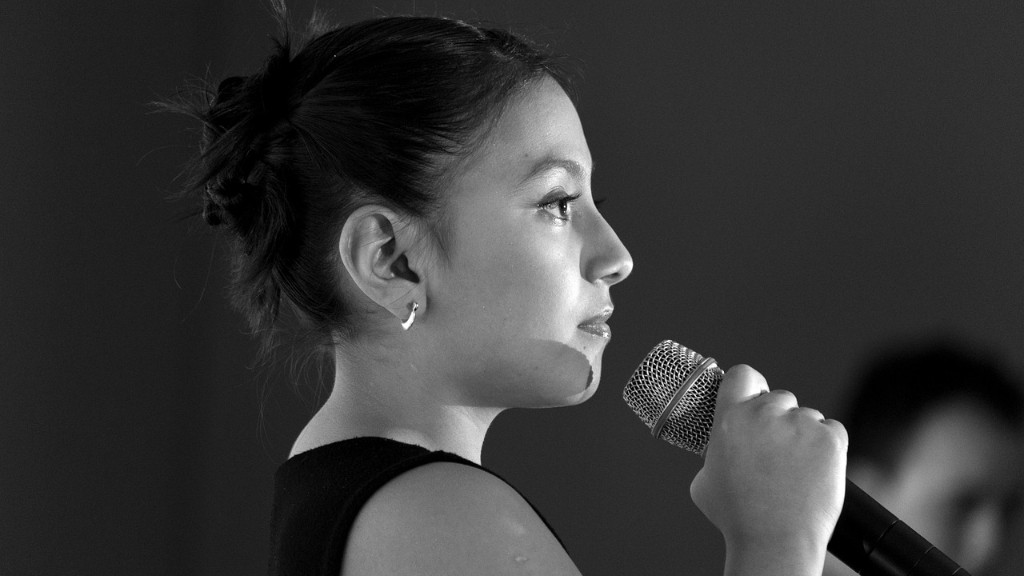Drawing Food Can Be Easy and Fun
If you love to draw and you’re unsure how to start, food can be a great place to begin. It’s simple — and delicious! — for both beginner and experienced artists alike. Drawing food can be an enjoyable and creative way to express yourself. Whether you’re crafting a dramatic still life depicting your family’s favorite dishes, or sketching an apple to relax after a long day, it’s never been easier to learn how to draw food easily.
Choose an Interesting Subject
A good place to start when looking to draw food is to figure out what subject you want to sketch. Anything that looks appetizing is a great choice! A common example is a bowl of fruit or a loaf of bread. But even if you’re a novice, don’t shy away from complicated shapes and textures. Choose something that catches your eye and gives you motivation. It could be anything from a juicy burger to a plate of cupcakes. That way, you’ll be more motivated as you draw. No matter what you choose, it’s important to keep it realistic. After all, details are what will make your drawing stand out!
Gather Your Essential Tools
When it comes to drawing food, it’s important to have the right supplies. Start off with a good pencil and some paper. You’ll need a variety of tones to create contrast and depth, so experiment with a number of pencil grades to get the desired effect. If you want to go a bit further, grab a ruler, eraser and some colored pencils or markers. With these materials, you can bring your drawings to life with vibrant hues.
Observe the Subject
You’ll need to observe the subject if you want to recreate it onto paper. Ask yourself, what shape is it? How many different shades of color can you find? Which surface hasn’t been highlighted? By thinking analytically, you’ll learn to identify details you may have missed. This will help when you start to draw and will allow you to better recognize the textures, shapes and details of the object.
Start Sketching
Now that you’ve got your materials and observations ready, it’s time to start sketching. Start by drawing a few circles, lines and shapes to form the basic structures of your drawing. If you get stuck, it’s ok to refer to your observation notes to help guide you. Make sure you draw light lines during this step — you’ll be able to erase them once you’re done. From there, refine your drawing by adding texture and highlight the main details on the shapes. Once you’re finished, you can add color with pencils, markers or crayons. To finish up your work, erase all of the unnecessary lines.
Experiment with Different Shapes and Textures
Have fun with your drawings! Feel free to experiment with different shapes and textures. Take advantage of the relationships between various elements by combining them or separating them. You can give a romantic feel by drawing strawberries scattered across the page, or create a fun scene by adding funny faces to your vegetables. There’s no wrong way to draw food. Just let your imagination soar and you’ll soon have a captivating piece of art!
Work On Your Shading
Accurate shading is one of the biggest challenges of drawing food. Learning how to use different pressure and types of pencil and markers to add shadows and highlights will really help you out. With enough practice, your food drawings will look even more realistic. If you’re feeling intimidated, you can pick up a book by a famous food artist or watch some of the tutorials online. It’s always helpful to have a visual guide to go off of.
Draw Everyday Items
Start off by drawing common everyday items such as a mug of coffee or a plate of french fries. This is a great way to get warmed up before attempting more advanced pieces. Drawing repetitive shapes with slightly different textures is a great way to practice and hone your skills. Break the shapes down into simple elements and use light lines to sketch a basic outline. Then, you can add texture, subtle tonal variations and details to refine your drawing.
Paint and Color
Painting and coloring is one of the most exhilarating parts of drawing food! Once you’ve drawn the basic shapes of your subject, grab a brush and some paint and start adding color according to what you see. If you’re feeling artistic and up for a challenge, try using an airbrush for a surreal, dreamy feel. For a more traditional approach, fill in colors with a marker or colored pencil. Experiment with different colors and tones to make your drawing pop.
Show Off Your Artwork
We all love to show off our creations! Once you’re finished your drawing, take a picture and share it with everyone. Not only will this be a good reminder of all the hard work you’ve put into your piece, it’s also an excellent way to get your artwork seen by a greater audience. You never know who may stumble across your work and be inspired by it. So don’t be afraid to share your artwork — you never know what kind of impact it will make.

